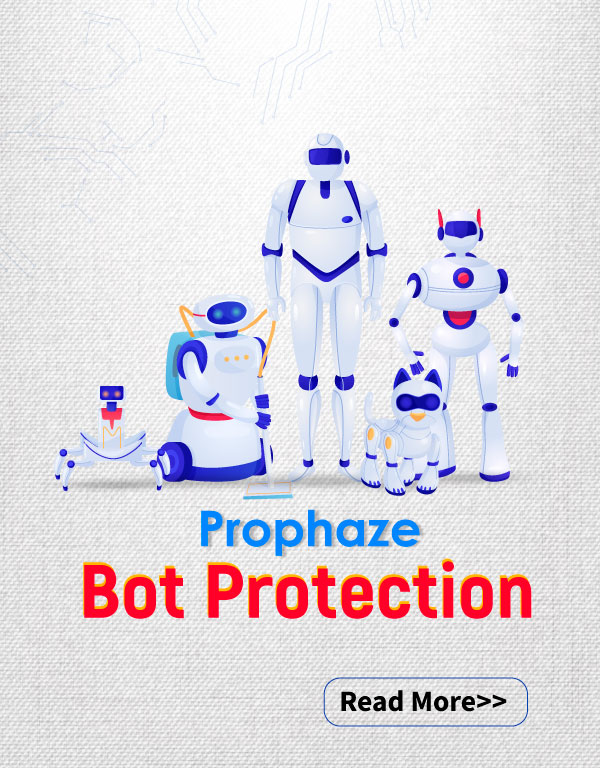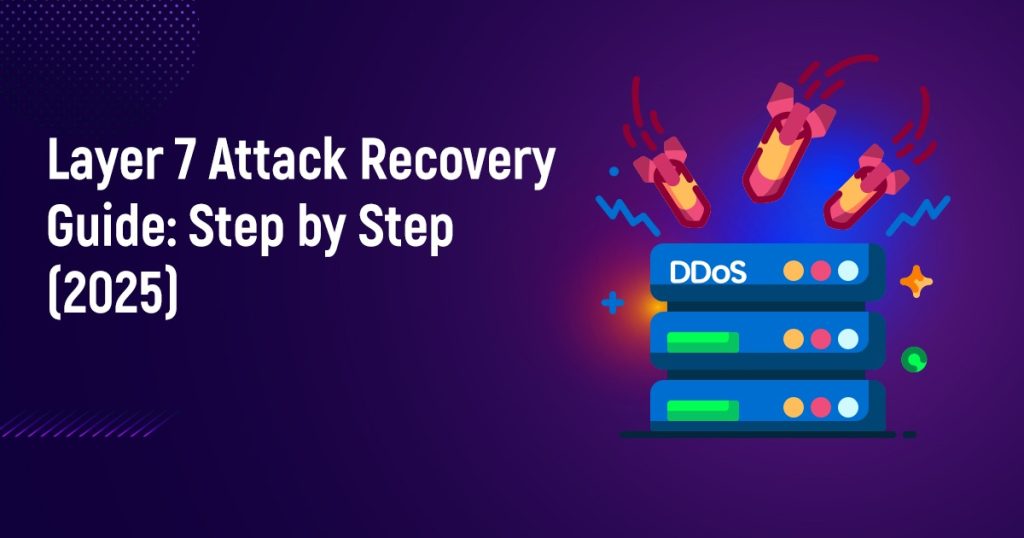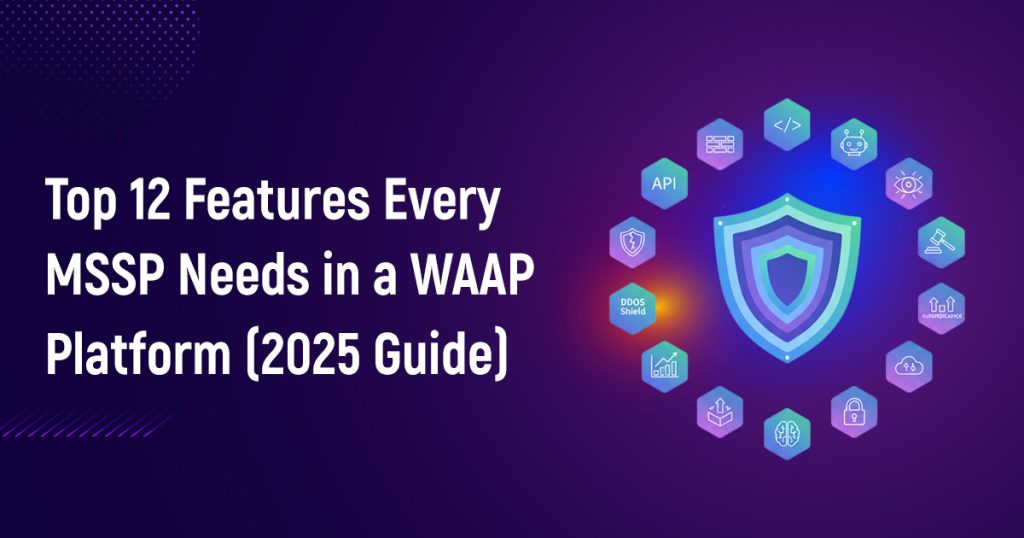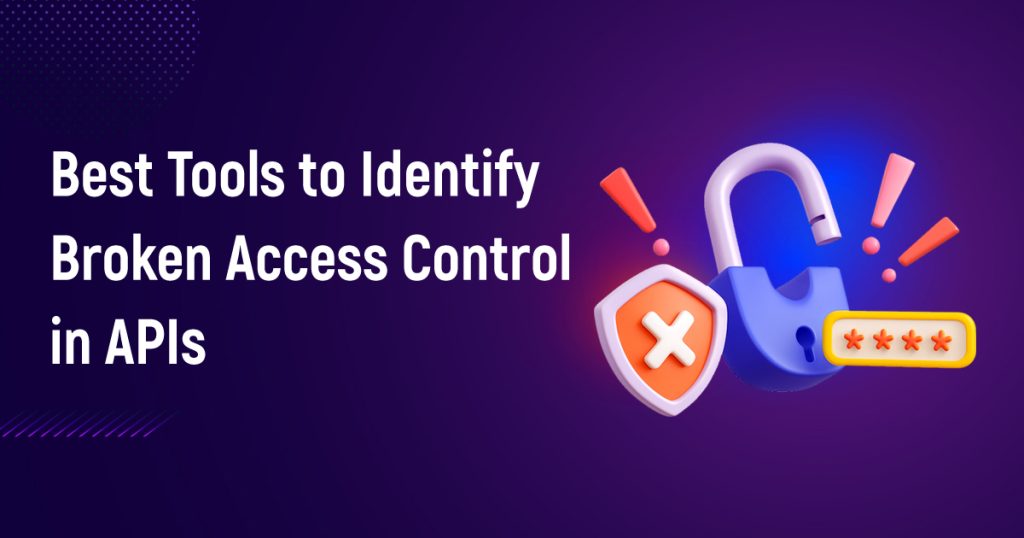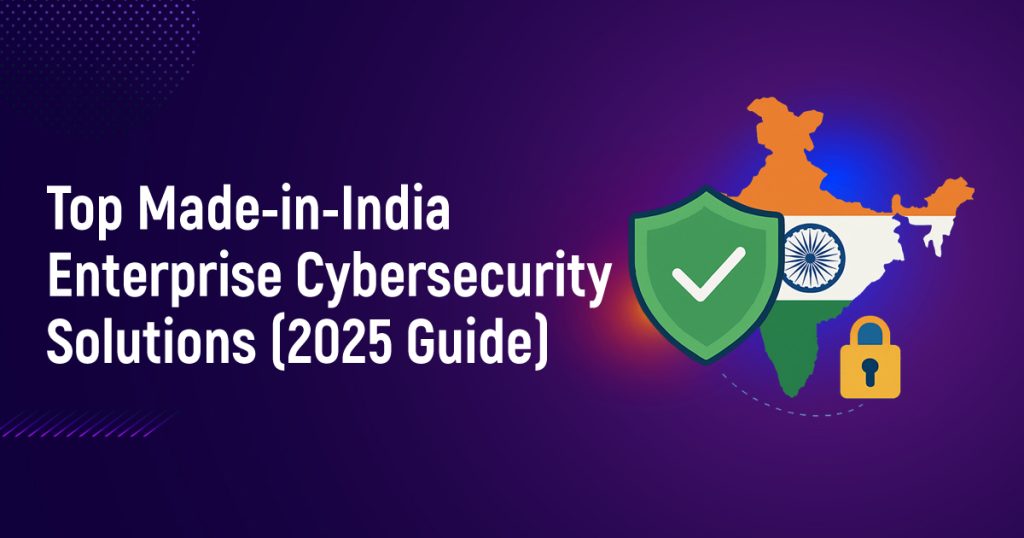What Is API Bot Protection?
- 12.6k Views
- 7 min. read
Introduction to API Bot Protection
APIs (Application Programming Interfaces) are crucial for mobile applications, SaaS platforms, and enterprise integrations. While this connectivity fosters innovation, it also brings vulnerabilities, particularly from automated threats called bots. These bots can exploit APIs to steal data, misuse business logic, and interrupt services. As bots become more sophisticated, organizations need to adopt security measures tailored for API protection. This necessity highlights the importance of API bot protection.
How Bots Attack APIs
Bots, which are software robots, engage with APIs in both positive and negative ways. However, an increasing number of attackers are using automated scripts to take advantage of API endpoints. How do bots function? They imitate human interactions to automate tasks, occasionally for efficiency and other times for malicious purposes.
Common Bot Attacks on APIs
-
Credential stuffing: Attackers use stolen username-password combinations from previous breaches to access accounts. This works because many users reuse passwords across platforms.
Learn more about Credential Stuffing.
-
Account Takeover (ATO): Bots can hijack user accounts, leading to identity theft and financial fraud.
Want to know more about this? Check our article on What is account takeover (ATO) fraud?
-
Data scraping: Bots extract large volumes of proprietary or personal information, often in violation of terms of service.
Learn more about: What is web scraping?
-
API abuse: High-volume API calls can overload services or be used competitively to gain unfair advantages.
-
Bot-driven fraud: Bots execute actions like fake account creation, transaction manipulation, or loyalty program abuse.
These approaches emphasize the necessity of API-specific protection. In what ways do bad bots attack websites? They take advantage of weaknesses, inundate systems, and unlawfully gather sensitive information.
Bots often mimic legitimate user behavior, making them hard to detect using traditional security methods. Their impact ranges from system disruption to reputational and financial damage.
Why API Bot Protection Is Unique
Unlike traditional bot mitigation, which focuses on web interfaces, API bot protection targets machine-to-machine communication. The API lacks visual elements such as forms or CAPTCHAs, making it more vulnerable to direct, automated attacks.
Effective API bot conservation distinguishes between useful bots (eg, search engine crawlers) and harmful bots. This service ensures reliability, protects data integrity, and helps organizations meet compliance requirements such as GDPR and CCPA.
Learn more about: What is a Bot? [ To understand the basics ]
Core Components of API Bot Protection
Modern API bot protection combines several techniques:
-
Rate limiting: Limits how often an API can be called per user or IP, and helps prevent Brute-Force and denial attacks.
-
Bot fingerprinting: Detects robots by analyzing headlines, payload structures, and behavioral patterns.
-
Behavioral analytics: Tracks usage over time to identify anomalies, such as repeated login attempts or irregular access patterns.
-
Machine learning: Continuously learns from traffic patterns to detect subtle bot behaviors and adapt in real-time.
Learn more about: How does machine learning stop bot attacks?
-
Token validation: Confirms that each request comes from an authenticated, authorized source.
-
IP reputation: Flags or blocks traffic from IP addresses with histories of malicious behavior.
These tools work together to analyze traffic, differentiate intent, and respond appropriately.
How API Bot Protection Works
API bot protection typically involves a three-step process:
-
Detection: Identifies anomalies using fingerprinting, reputation data, and behavioral monitoring.
-
Classification: Differentiates between humans, good bots (like Googlebot), and bad bots designed for abuse.
Learn more about: What is the difference between good bots and bad bots?
-
Response: Executes actions such as blocking the request, throttling the connection, or issuing a challenge (e.g., via a token system or rate limit).
Sometimes, challenges like CAPTCHAs are used. How do CAPTCHAs stop bots?
Many solutions integrate with API gateways or Web Application Firewalls (WAFs) to filter malicious traffic before it reaches the application backend.
How does a WAF protect against bots? It can block malicious traffic before it even reaches the backend system, forming an essential layer in bot defense.
Types of Bots That Interact With APIs
Bots vary in intent and function:
1. Legitimate bots:
Includes search engine crawlers, performance monitoring agents, and services with authorized API access. They also serve to be some of the examples of useful bots.
2. Malicious bots:
They conduct credential stuffing, scraping, fraud, and service disruption. There is a need to detect malicious bots early to minimize harm.
Distinguishing these categories is key to preventing false positives and maintaining service quality. Do you want to know about the different types of bots?
Why API Bot Protection Is Critical
The stakes of bot attacks are high. API-specific bot threats can:
-
Compromise data integrity: Expose or alter confidential information.
-
Harm user experience: Slow systems down or block legitimate users.
-
Violate compliance: Lead to paying fines under data protection laws.
-
Inflate operational costs: Increase the use of cloud resources due to excessive bot traffic.
-
Skew analytics: Skews user behavior and system metrics, and misrepresents them many times.
Best Practices for API Bot Protection
To effectively defend APIs against bots, organizations should consider the following strategies:
-
Implement layered security: Utilize WAFs, API gateways, and bot detection tools in combination.
-
Adopt adaptive policies: Modify defenses based on real-time threat intelligence.
-
Monitor continuously: Log traffic and set up real-time alerts for dubious activities.
-
Use version control: Regularly remove outdated or vulnerable API versions.
-
Authenticate before access: Mandate strong, validated authentication before revealing sensitive endpoints.
-
Apply bot scoring: Allocate scores to traffic based on the likelihood of automation, helping prioritize responses.
Learn more about: How does bot scoring work?
Emerging Trends in API Bot Protection
As bots become more advanced, so too must defenses. Key trends include:
-
AI-driven threat detection: Machine learning models nowadays adjust to new attack patterns in real time.
How does AI detect bad bots and foresee emerging patterns? It is through real-time behavioral learning.
-
Enhanced behavioral modeling: More granular profiling helps differentiate human from bot behavior.
-
Deception techniques: Usage of honeypots or decoy endpoints to entrap and analyze bot activity.
-
Shared threat intelligence: Industry-wide cooperation improves detection of emerging threats.
Securing the API Frontier Against Bots
API Bot protection is no longer optional; It is a fundamental part of maintaining performance, trust, and security.
By implementing layered defenses, using behavioral analysis and AI, and staying relevant with evolving threats, organizations can effectively control the risk that malicious robots pose.
Solutions like Prophaze demonstrate how the next generation of platforms develops to meet these challenges. Understanding and dealing with robots, good and harmful ones, is critical to secure the future of API-driven ecosystems.
Prophaze’s Advanced API Bot Protection
Prophaze offers an advanced, Kubernetes-native solution for API bot protection. The platform combines AI-driven behavioral analysis with real-time threat mitigation to safeguard APIs against modern automated attacks.
Key Features:
-
Dynamic Rate Limiting and Bot Fingerprinting.
-
Anomaly Detection based on behavioral patterns.
-
Automated Policy Updates with zero manual intervention.
Prophaze’s architecture is designed to scale with modern microservices and containerized applications. It integrates seamlessly with API Gateways and Web Application Firewalls (WAFs) to protect against threats like credential stuffing, account takeover (ATO) fraud, and data scraping—all while ensuring a frictionless experience for legitimate users.
Next
Recent Blog Post
Layer 7 Attack Recovery Guide: Step by Step (2025)
September 23, 2025
Top 12 Features Every MSSP Needs in a WAAP Platform (2025 Guide)
September 10, 2025
Top 8 Cybersecurity Challenges Indian Enterprises Face in 2025
September 10, 2025
Best Tools to Identify Broken Access Control in APIs
August 25, 2025

